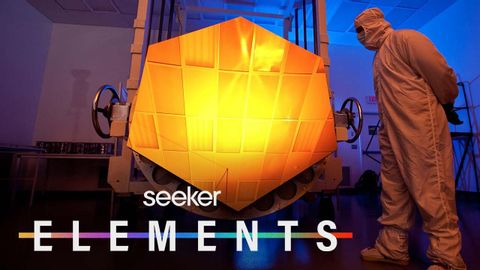為什麼詹姆斯-韋伯的紅外視覺是一個遊戲規則的改變者 (Why James Webb’s Infrared Vision is a Gamechanger)
Summer 發佈於 2021 年 10 月 13 日  沒有此條件下的單字
沒有此條件下的單字US /ˈkɑnstənt/
・
UK /'kɒnstənt/
US /ˈfɪzɪkəl/
・
UK /ˈfɪzɪkl/
- n. (c.)身體檢查
- adj.身體的;肉體的;物質的;物理的
- n.體育
US /ˈspɛktrəm/
・
UK /'spektrəm/
- n.光譜 ; 波譜;(看法、感覺等的)範圍,各層次
